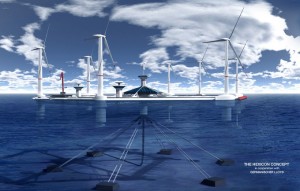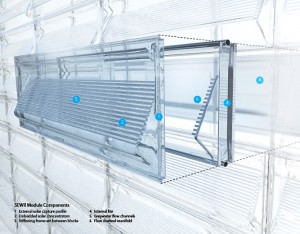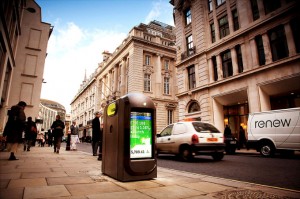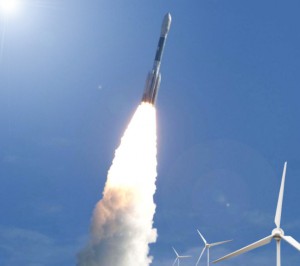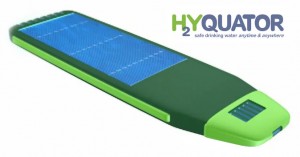
A new Kickstarter project called HYQUATOR aims to bring safe drinking to anyone, at anytime. The HYQUATOR is portable solar-powered electronic device and the first project for a New York City based tech start-up iTRONYC. The device is said to work without filters or UV light and does not need any additional chemical components. It is powered by a built in solar panel, but can also be powered by a battery.
So far only $1,711 has been raised, and the goal is set to $60,000. With only 8 days to go please contribute if you feel this concept is interesting. The money will be used to produce 500 pieces of HYQUATOR and to get the production costs down to an affordable price. Some of it will also go to cover start-up expenses for the electrode design and case tooling for the injection mold fabrication, and to cover development costs of a pre-production device. The funds are also needed to get FCC/CE and US Environmental Protection Agency (EPA) approvals, that HYQUATOR works in respect with its regulations and in respect with the US Safe Drinking Water Act.
Continue reading “HYQUATOR might bring safe drinking water everywhere”

